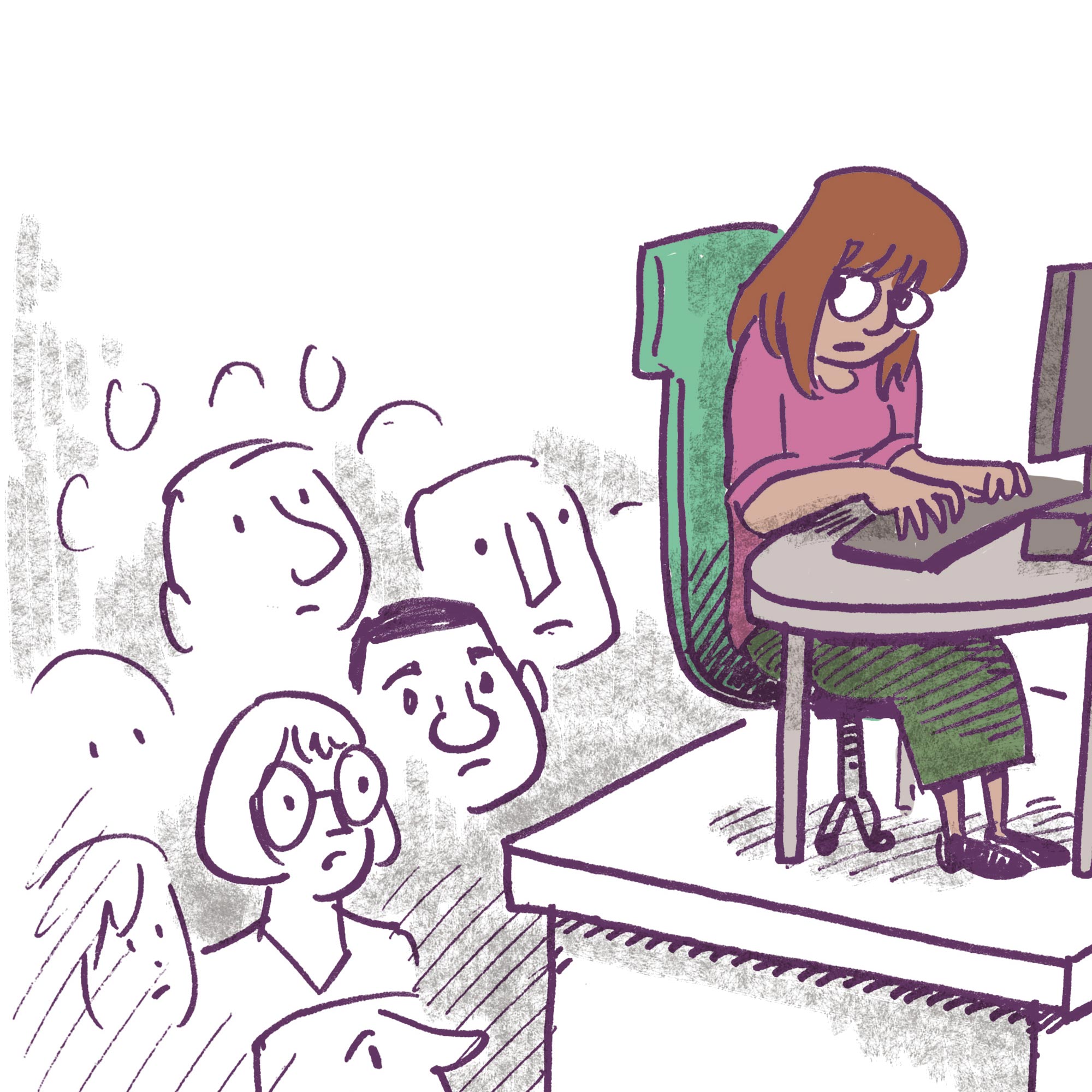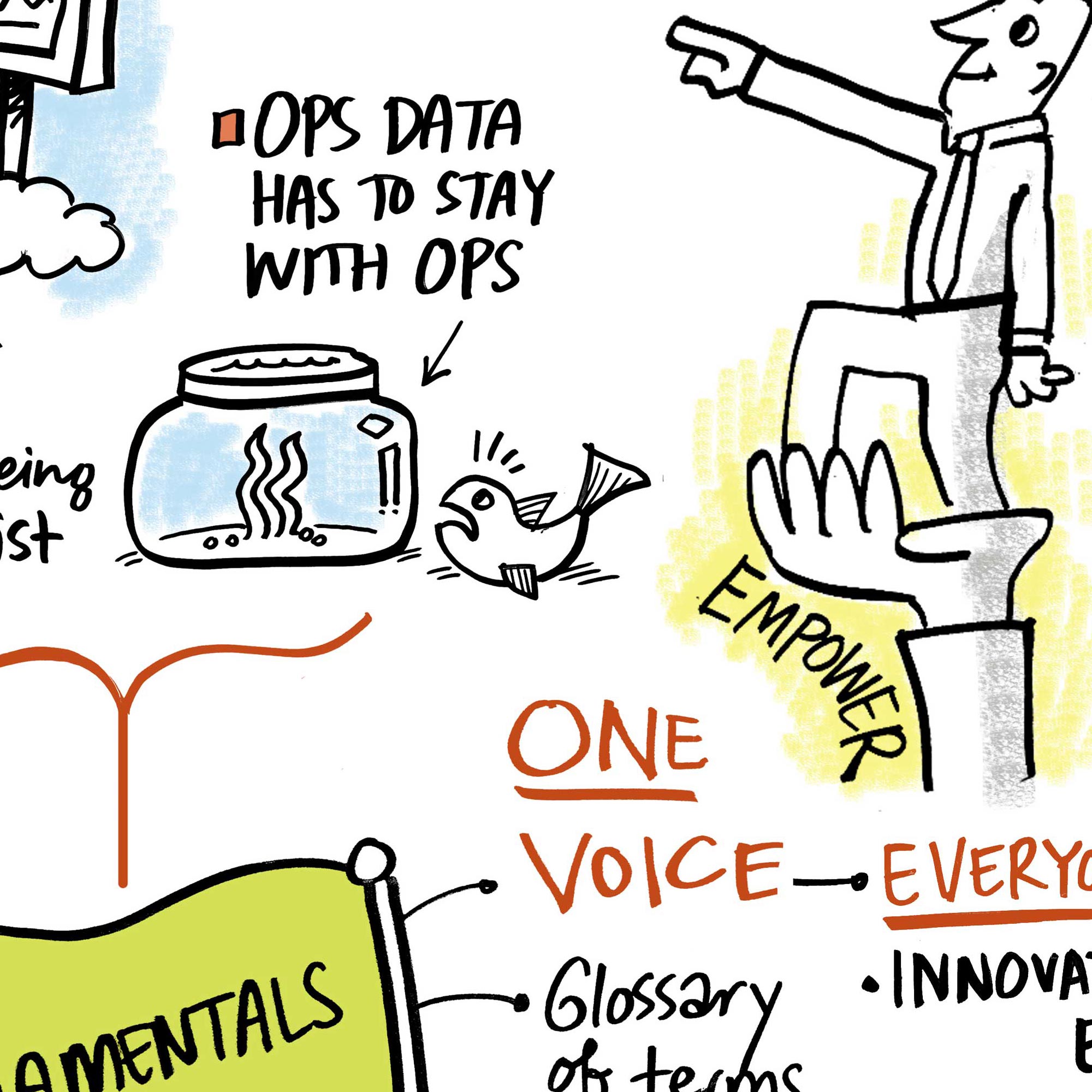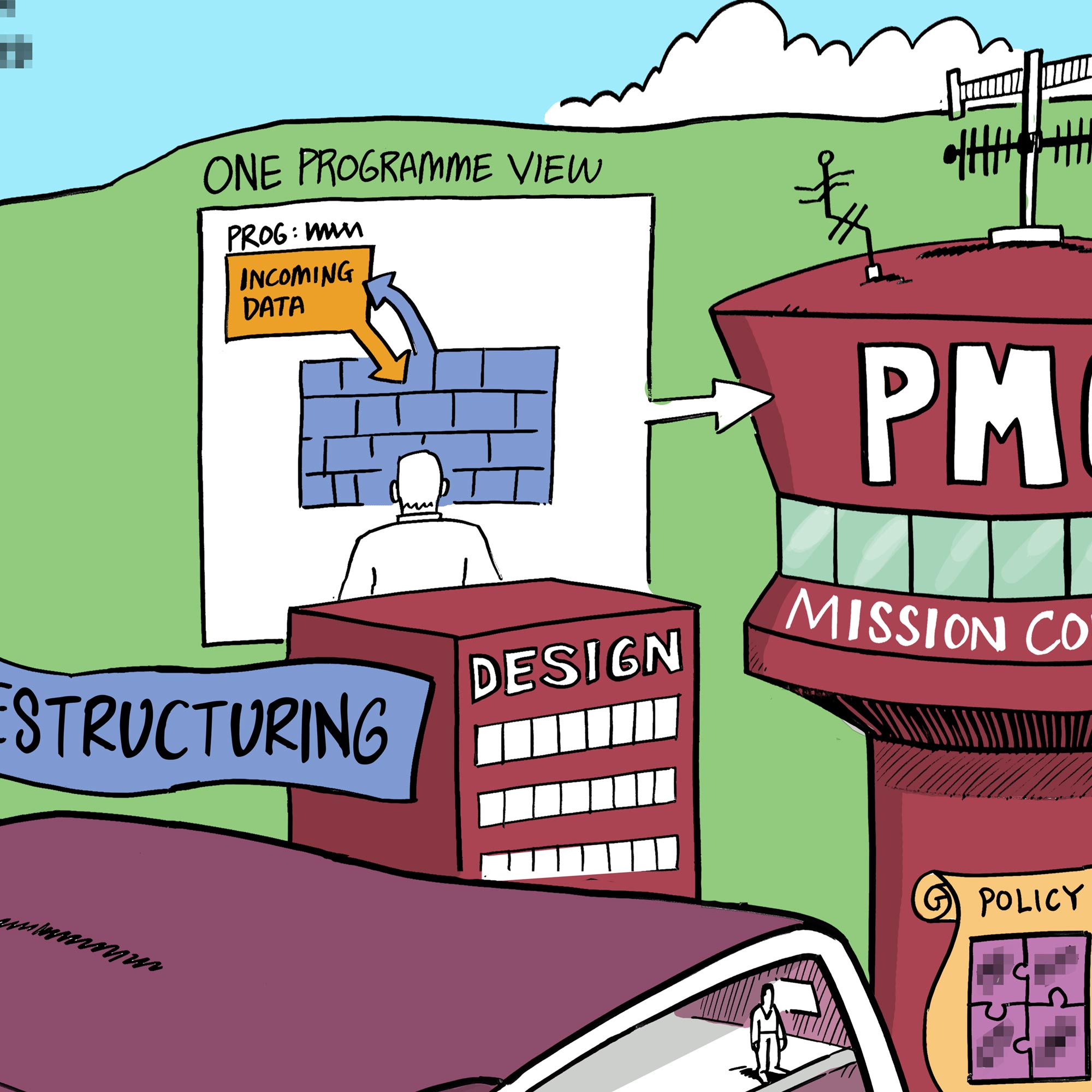SCRIBING
Turn your conversation into a visual story
Imagine watching your ideas come to life, right as they’re being shared. That’s what scribing does. It’s a live, visual capture of your conversation that makes complex ideas clear and keeps them alive long after the event.
Where can you use scribing?
Just about anywhere. Whether you’re running a meeting, hosting a conference, leading a workshop, or pitching a bid, scribing adds clarity and energy to the room. I work in-person or virtually, drawing digitally or on paper or boards - whatever suits your setting best.
With nearly 30 years’ experience, I’ve scribed for:
meetings
conferences and events
workshops
bids
reports
presentations
It works as a real-time capture during your event and provides an engaging digital asset that you can share afterwards.
These visuals often stand on their own, becoming powerful mind maps or illustrations that speak to your participants and even to people who weren’t in the room.
Types of scribing
“If it comes to graphic facilitation, there is James Baylay and the rest.
Having served many of the fortune 100 companies, I always try to get James to do the job.
His work gets standing ovations from participants, every time.
A wonderful artist and a great professional.”
How I Scribe
As an experienced scribe I can pick out what information is important and the best way to translate it. It’s this mix of your viewpoint, faithfully recorded, and my take on it that adds something special to an event. It’s a touchstone for what’s been said and something entertaining that mixes drawing, humour, design, mind-maps and metaphors.
All I need is a place to listen and draw.
I provide a full service, liaising with you, your event team and venue to design the best solution for your needs. A typical event will include:
Prep time – to fully understand your needs and ensure everything is in place
Event time – the live scribe
Post production – to create a high resolution digital colour version to your specification
Scribing gallery












